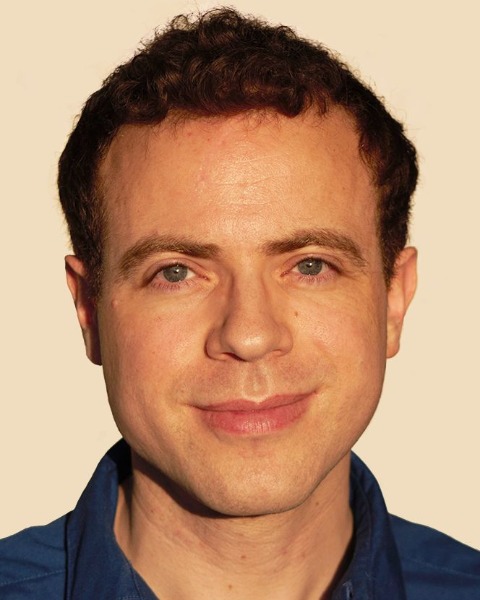SIR 2025
Interventional Oncology
Scientific Session
The Effect of Implanted Metal Objects on Histotripsy Treatments: A Phantom Study

Katrina Falk, MS
MD-PhD Student
University of Wisconsin-Madison, United States
Martin G. Wagner, PhD
Assistant Professor
University of Wisconsin Madison, United States- TS
Tyler Schluter, None
Undergraduate Student
University of Wisconsin-Madison, United States - CH
Claire Hennen, None
Undergraduate Student
University of Wisconsin-Madison, United States - GM
Grace M. Minesinger, BS (she/her/hers)
Graduate Research Assistant
University of Wisconsin Madison, United States - MS
Michael A. Speidel, PhD
Associate Professor
University of Wisconsin-Madison, United States - FL
Fred T. Lee, Jr., MD
Professor
University Of Wisconsin, United States 
Timothy J. Ziemlewicz, MD
Professor of Radiology
University of Wisconsin Hospital and Clinics, United States
Paul F. Laeseke, MD, PhD
Assistant Professor
University of Wisconsin, United States
Presenting Author(s)
Author/Co-author(s)
Histotripsy is a nonthermal, noninvasive, and nonionizing focused ultrasound (US) therapy that is currently used to treat liver tumors. Metal objects (ie. surgical clips, staples, or endovascular coils) may be present in the therapeutic US beam path if patients have had previous interventions. In addition, metallic fiducials could potentially be placed percutaneously to facilitate targeting tumors that are not well visualized on US. This work aims to understand effects of metal objects on the histotripsy treatment zone in phantoms.
Materials and Methods:
Multi-layer agar (1.5%) phantoms with 5 layers of agar/barium sulfate powder (6%) were treated (1.5cm treatment zones, n=37) with a clinical histotripsy system (Histosonics). Metal objects used in this study include 2 endovascular coils (TERUMO, AZUR; 6 mm x 10 cm and 2 mm x 2 cm), 3 staples (4.1mm) from a surgical staple line (Echelon Endopath), and 1 medium-large titanium ligation clip (Teleflex Medical). To examine the effects of treating when metal is in the nearfield (NF) or directly in the treatment zone, respectively, these objects were embedded in 1) a plain agar phantom and a treatment zone was created in a multi-layer phantom deep to the object (n = 20, 4 per group) or 2) in a multi-layer phantom and a treatment zone was created centered on the metal (n=17, 2-4 per group). Evidence of off-target cavitation and minimum system voltage to achieve cavitation were recorded. Treatment zone diameters, volume and sphericity were measured (MATLAB) and compared to control treatments (no metal). The Euclidean distance between planned and actual treatment center was calculated to quantify changes in treatment location. An ANOVA or Kruskal-Wallis test were done to determine statistical significance.
Results:
Off-target cavitation was not observed at the metal object during any of the NF or direct treatments. There was no statistically significant difference in voltage requirements, volume, sphericity, 2D diameters or location when creating a treatment zone with metal in the NF or directly in the treatment zone compared to controls(Table 1).
Conclusion:
In this phantom study, there was no change to the histotripsy treatment zone when a metal object was in the nearfield or directly in the treatment zone.


.jpg)